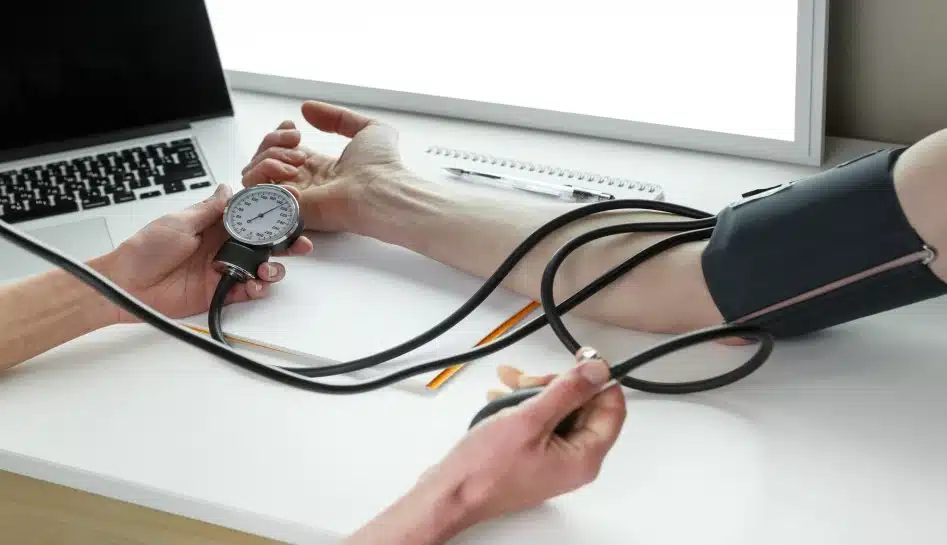An estimated 1.28 billion adults aged 30-79 years worldwide have hypertension, a major cause of premature death
A ten-minute scan can detect the cause of high blood pressure and guide doctors towards an appropriate cure, a study by doctors at Queen Mary University of London has found.
The doctors used the new type of CT scan to light up nodules in a hormone gland by injecting the patient with a radioactive dye that sticks only to the aldosterone-producing nodule. This enabled them to identify nodules containing aldosterone, which they were subsequently able to remove, so curing the patient’s excessive blood pressure or hypertension.
128 people participated in the study, which was carried out after doctors found that the hypertension was caused by aldosterone, a steroid hormone.
Hypertension is a serious medical condition. According to WHO, an estimated 1.28 billion adults aged 30-79 years worldwide have hypertension and it is a major cause of premature death. In most people suffering from hypertension, the cause is unknown and requires lifelong treatment using drugs.
Previous research by the group at Queen Mary University discovered that in 5-10 percent of people with hypertension, the cause is a gene mutation in the adrenal glands, which results in excessive amounts of aldosterone being produced.
Aldosterone causes salt to be retained in the body, driving up the blood pressure. Patients with excessive aldosterone levels in the blood are resistant to treatment with the commonly used drugs for hypertension and at increased risk of heart attacks and strokes.
“These aldosterone-producing nodules are very small and easily overlooked on a regular CT scan. When they glow for a few minutes after our injection, they are revealed as the obvious cause of hypertension, which can often then be cured,” Professor Morris Brown, co-senior author of the study and Professor of Endocrine Hypertension at Queen Mary University, said. “Until now, 99 percent are never diagnosed because of the difficulty and unavailability of tests. Hopefully this is about to change.”
The researchers said that their findings solve a 60-year old problem of how to detect the hormone producing nodules without a difficult catheter study that is available in only a handful of hospitals, and often fails.
The scan was as accurate as the catheter test, but quick, painless and successful in every case.
“This study was the result of years of hard work and collaboration between centers across the UK. Much of the ‘on the ground’ energy and drive came from the talented research fellows who, in addition to doing this innovative work, gave selflessly of their time and energy during the national pandemic emergency,” Professor William Drake, co-senior author of the study and Professor of Clinical Endocrinology at the university said. “The future of research in this area is in very safe hands.”
Read More : https://h-leads.com/2023-trends-that-will-shape-healthcare/

















Add Comment